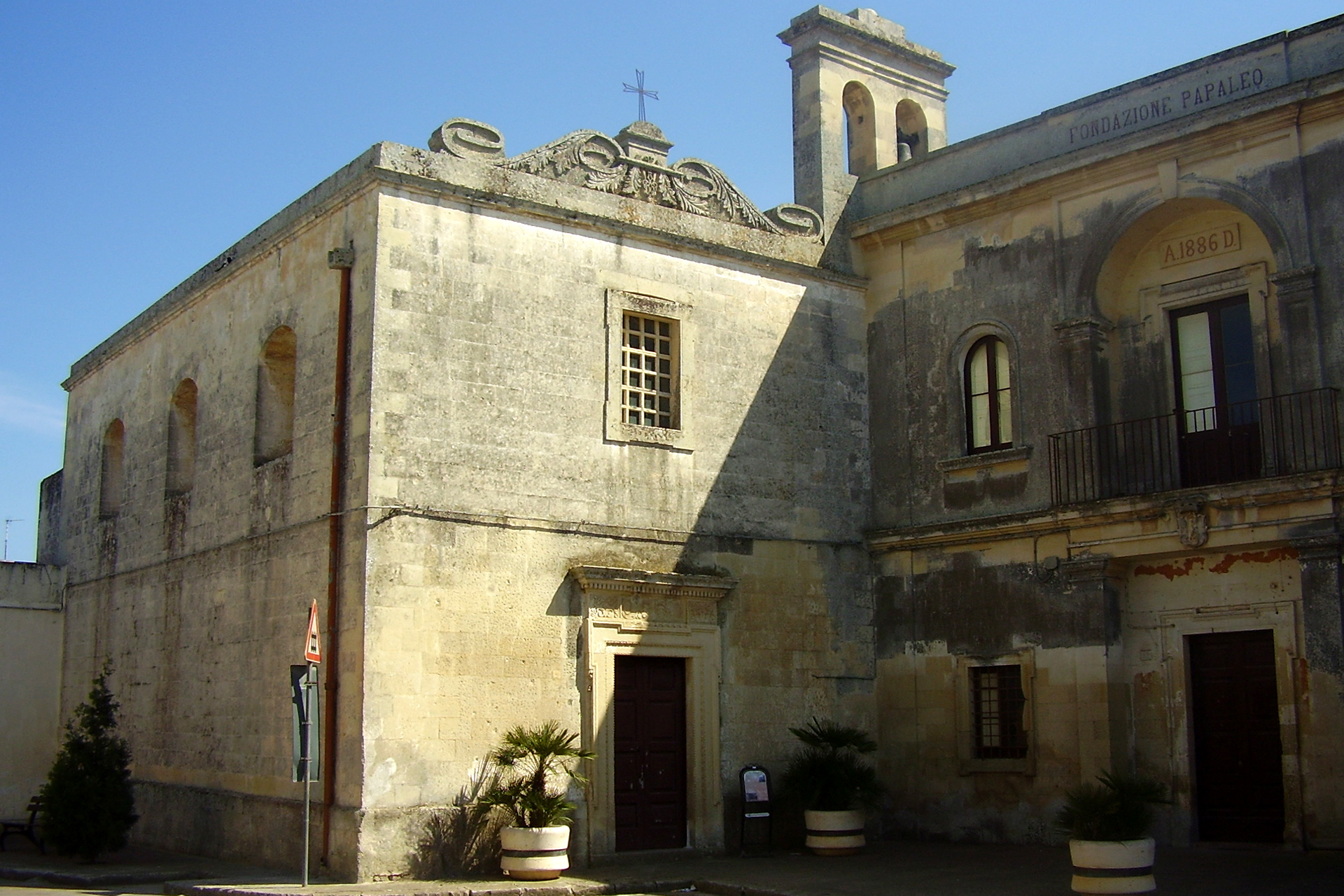
Bagnolo del Salento is a small village located on the eastern side of the Salento peninsula, on the undulating plateau northeast of Maglie, near the Serra di Montevergine.
The foundation of the center is attributed to the Romans who, at the time of Emperor Vespasian, a period in which Otranto was a colony of the Empire, exploited the abundance of underground waters that they found on site to build baths and thermal sites, from which the toponym derives. It was later a Byzantine and then Norman center. In 1190 the then hamlet was assigned by Tancredi d'Altavilla to Baron Ruggero Montefusco. In 1400 it became the property of Maria d'Enghien, wife of Raimondello Orsini del Balzo, who on 12 August 1429 sold it to the hospital of Santa Caterina in Galatina, founded by her husband and led by the Franciscan Friars Minor. From that date the events of Bagnolo were exclusively linked to the Cateriniano Institute until the abolition of feudalism and the suppression, in 1807, of the activities of the Olivetans, who took over from the Franciscans in 1507.
Among the streets of the small historic center, the façade of the Chiesa Matrice dedicated to San Giorgio Martire catches the eye, an example of neoclassical style, built on the foundations of a 15th-century church. A few meters further on you come across the monastery of the Conventual Fathers and the Church of Santa Maria dei Martiri, which has several richly decorated altars, the largest of which houses a 14th-century icon. The oldest and most authentic soul of the village, however, is the Church of Mater Domini, dating back to between the 11th and 13th centuries, where it is possible to see traces of the Byzantine passage on the frescoed walls. The historian Dolorico Avricino tells, in fact, of how the Bagnolesi, in 1166, opposed the militias of William II, who came to the land of Otranto to undermine Greek orthodoxy.
In the past, the most important craft activity in the town was the production of a very resistant type of rope, the zzuca (in dialect), which was made by hand-weaving marsh reed fibres (pilieddhi). Then, with the advent of nylon, this activity became less and less profitable until it disappeared. Today, as then, the inhabitants of Bagnolo are called zzucari (rope makers) and this long tradition is preserved by the Mater Domini Fair, which takes place every year on the first Sunday of November and focuses on the collection and dissemination of documents and testimonies on this ancient craft and other similar ones such as embroidery and weaving.



















Leave a comment